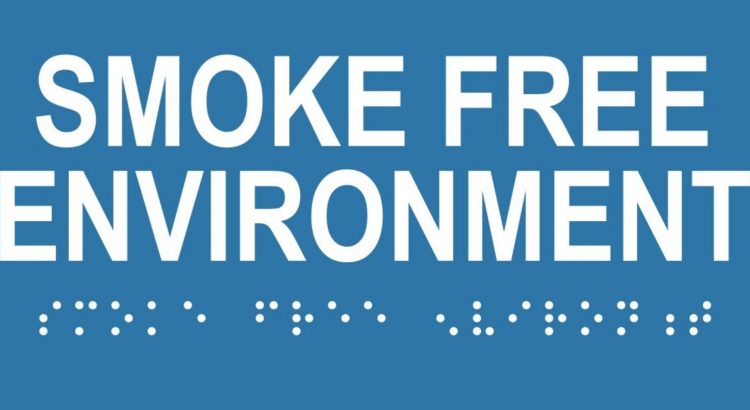In the fall, we all hear about getting the annual flu shot. Questions about that and other vaccines arise yearly, especially since COVID-19 in 2020. Who should get a flu shot, and when should I get one? What other vaccines should I be considering?
Where can I get these vaccines? Can I get more than one at a time? And the list can go on. We hope to answer a few of those questions this month.
Who and When
Most people six months and older should receive an annual flu shot. The vaccines are based on the virus that was present at the end of the last season. While it may not be 100% effective against keeping you from getting sick, it lowers the severity and the number of influenza-related hospitalizations. The elderly and young are most affected, as well as those with other health issues, including breathing problems, heart issues, and diabetes. Please stay healthy for those around you, too!
CDC (Centers for Disease Control) recommends the flu vaccine be administered in September or October to last into the influenza season.
It takes two weeks to take effect in your body. The newest recommendations also state that EGG ALLERGY is no longer a contraindication to vaccines.
Other vaccines to consider:
COVID: a new vaccine is being made for the fall of 2023, and recommendations will be made when available.
Pneumonia: adult vaccines include PCV 15 or 20 and PPSV23. Please speak with your Primary Care Physician (PCP) or pharmacist about your requirements.
Tetanus (Td/Tdap): should be given every ten years or sooner with certain injuries; at least one Tdap as an adult to prevent pertussis (whooping cough)
Shingles: for those with lowered immune systems and 60+ years of age
RSV (respiratory syncytial virus)- common cold-like symptoms but can be severe in infants and older adults; will soon be offered to those 60+ years of age.
Where to get vaccines
Your PCP or local pharmacy can provide you with these vaccines.
Can I get more than one vaccine at a time?
If you can only get one vaccine appointment, it is typically safe to receive more than one vaccine at a given time.
Try to get them in separate arms, and beware that the side effects like fatigue and arm soreness may be more significant with more vaccines at once.
Let’s all do our part to stay healthy this fall and winter with up-to-date vaccinations.
Many questions can be answered on the Anthem website, the CDC website, or with your PCP.
Check Your Symptoms or Call EHS
If you are feeling under the weather, check out this symptom chart and get an idea of the cause. While Employee Health Services (EHS) does not replace your primary care provider, they can treat employees’ minor illnesses and injuries, including prescription medication if needed. Examples of these types of minor illnesses include:
- Sore /strep throat
- Cold/Flu
- Allergy symptoms
- Eye Problems (scratch, pink eye)
- Ear Problems (infection, wax build-up)
- Cough
- Urinary Tract/Bladder Infection
- Skin Rashes /Insect Bite
- Minor cuts/Abrasions
- Strains/Sprains
Call 804-501-1600 to schedule an appointment. The clinic is open Monday through Friday, 8 a.m. to 4:30 p.m. Please visit the Employee Health Service webpage for more information on their services.
Also, every U.S. household can again place an order to receive four more free COVID-19 rapid tests delivered directly to their home. Visit https://www.covid.gov/tests for more information.
Cold, flu, COVID or allergies: what are my symptoms?
|
Common Symptom |
COLD |
FLU |
COVID |
ALLERGIES |
|
Onset |
gradual |
fast |
within 14 days |
gradual |
|
Lasts |
4-10 days |
5-7 days |
varies |
seasonal |
|
Body aches |
slight |
yes |
sometimes |
no |
|
Cough |
yes |
yes |
yes |
yes |
|
Fatigue/weak |
mild |
yes |
sometimes |
slight |
|
Fever/chills |
rare |
yes |
sometimes |
no |
|
Headache |
sometimes |
yes |
sometimes |
sinus |
|
Itchy eyes |
no |
no |
no |
yes |
|
Nasal congestion |
yes |
yes |
sometimes |
yes |
|
Nausea/vomiting |
sometimes |
sometimes |
sometimes |
no |
|
New loss taste/smell |
sometimes |
sometimes |
sometimes |
sometimes |
|
Runny nose |
yes |
sometimes |
sometimes |
yes |
|
Short of breath |
rare |
rare |
serious infection |
sometimes |
|
Sneezing |
yes |
yes |
sometimes |
yes |
|
Sore throat |
yes |
yes |
sometimes |
sometimes |
*Symptoms may vary depending on vaccine status and underlying health problems
References:
https://www.anthem.com/preventive-care/
https://www.verywellhealth.com/fall-2023-vaccination-guide-7642488
https://www.nia.nih.gov/health/infographics/it-cold-flu-or-covid-19
gundersonhealth.org/health-wellness/be-well/how-to-tell-if-you-have-a-cold-the-flu-or-covid-19




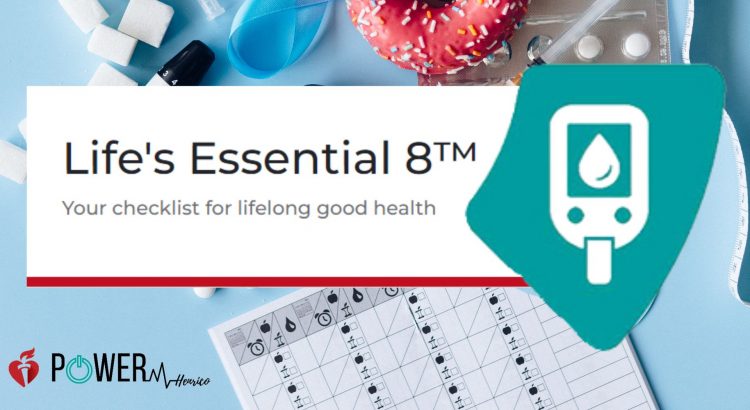
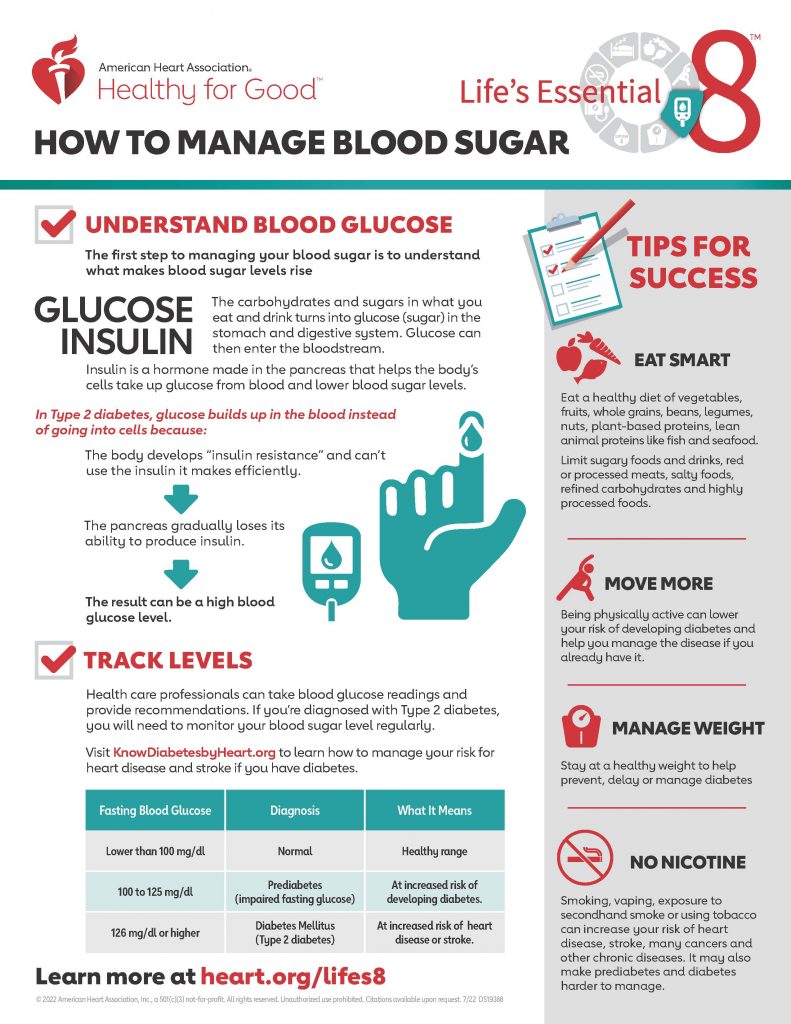

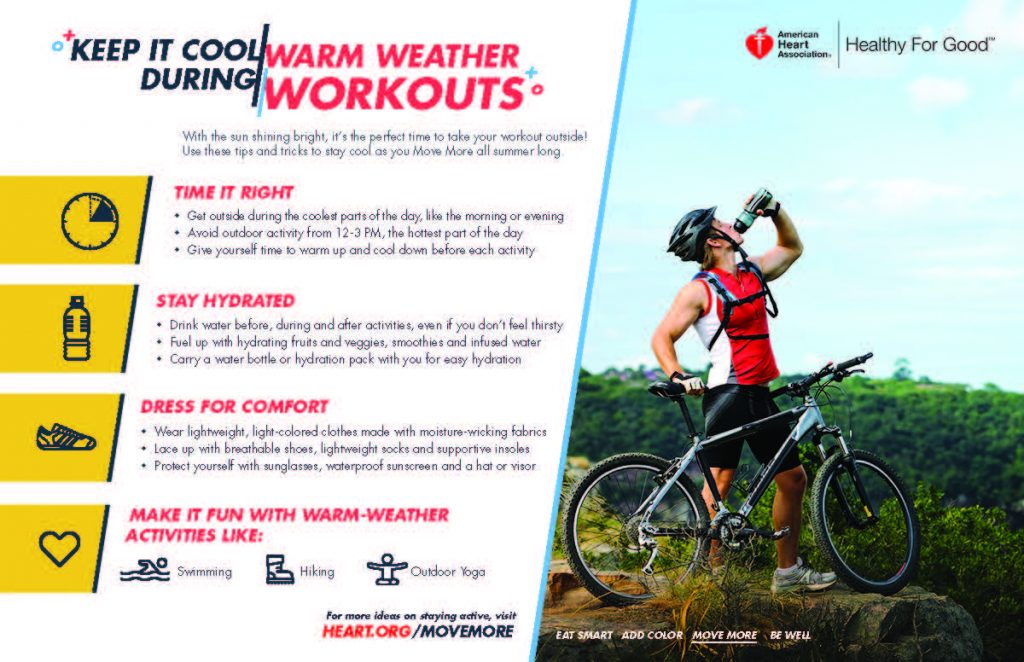
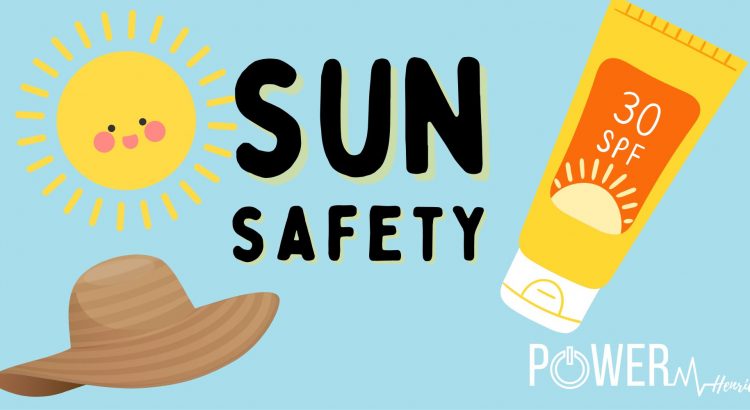
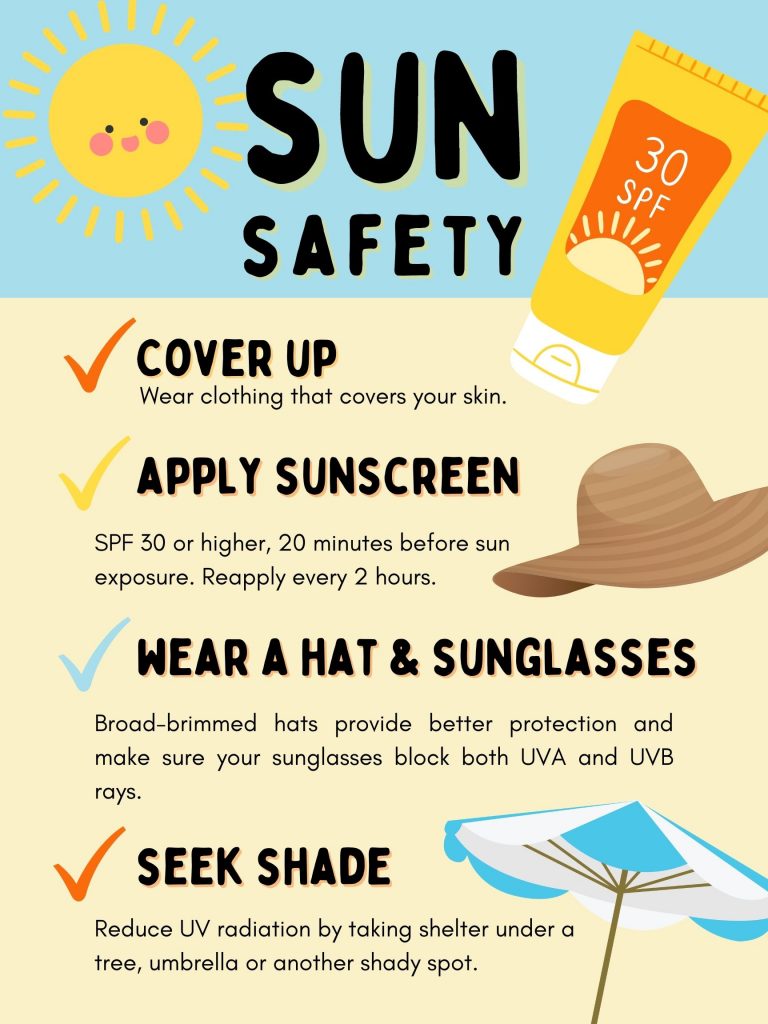
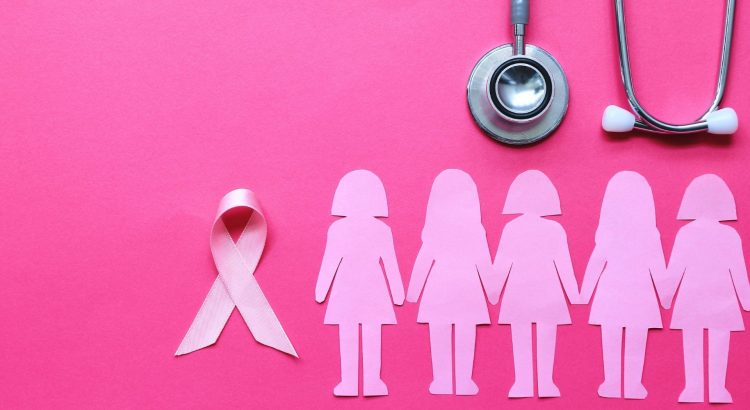
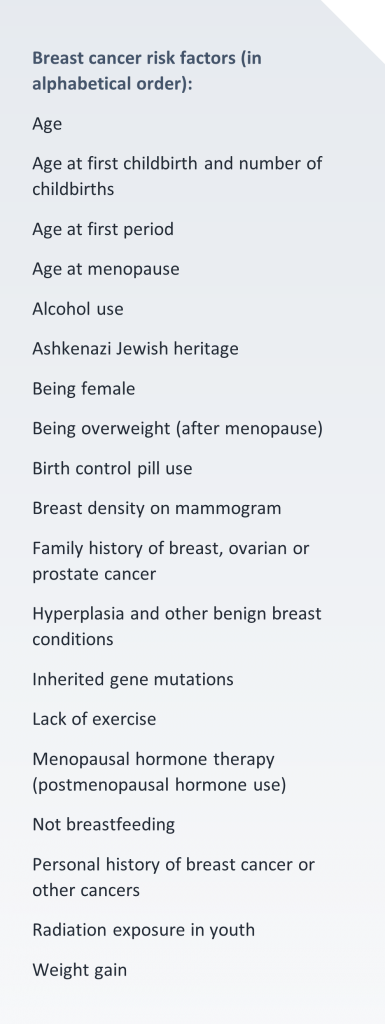 The exact causes of breast cancer are not fully known. No one knows why one person gets breast cancer, yet another doesn’t. However, some things increase (or decrease) the chance of getting breast cancer, called risk factors.
The exact causes of breast cancer are not fully known. No one knows why one person gets breast cancer, yet another doesn’t. However, some things increase (or decrease) the chance of getting breast cancer, called risk factors.